If you are considering insulation by Paragon and have a question that we have not answered below, please fill the form below. We will be more than happy to provide you with the spray foam insulation details you are looking for.
FAQSFrequently Asked Questions
Not only is home insulation crucial for a comfortable Northern Illinois home, but insulation is an investment that can end up saving you thousands of dollars over the years. With that being said, it’s completely understandable to have questions—especially when it comes to spray foam insulation. What you will find below are some of the most common questions we receive from our customers who want to learn more about this service.
Depending on the size of the job, it can take anywhere from 2 to 6 hours.
No. This is a common misconception. CertainTeed ran a three-year study that found if applied correctly, no damage occurred to shingles, roofing, or deck materials. You can see the study here.
Our insulation is built to be efficient for 20–30 years.
A quick answer to this question is that it simply depends. While you can definitely look at the differences between open-cell and closed-cell spray foam insulation, both have their pros and cons.
They’re not much louder than the average riding lawn mower.
Our professional spray foam insulation contractors bring their own source of power to each job site.
Yes, for your safety, we recommend leaving your house for 2–4 hours.
What makes us different is that we are local. We not only work in the Chicagoland area, but we live here as well. So we know what you truly need when it comes to having comfortable insulation during the harsh weather we experience here in Northern Illinois. We use clean green environment insulation; better quality has better results.
There are many differences between these two types of insulation. If you were to try to compare the cost of each, you would have to factor in short-term costs versus long-term costs, as spray foam costs more up front but holds up better over time than fiberglass does.
It’s difficult to say which is purely better than the other because it depends on what you are trying to accomplish. Both fiberglass insulation and cellulose insulation have their differences, so it’s a case-by-case basis regarding which is best for you.
Yes, the spray foam insulation that Paragon Protection uses is not only eco-friendly but also OSHA-approved. In fact, spray foam insulation is one of the most environmentally friendly types of insulation on the market today.
Each area has benefits you’ll enjoy. Let’s look at it through this analogy. If it’s cold outside, do you wear socks or a hat? You need both, just like you need both areas of your home insulated. It also comes down to what you prefer.
Insulate your attic if your focus is to create an energy-efficient home.
Insulate your basement if your get a lot of mice and you have cold floors.
Insulate your attic if your focus is to create an energy-efficient home.
Insulate your basement if your get a lot of mice and you have cold floors.
We use several quality materials for our projects. For closed cell foam insulation, we use UPC 2.0 High Lift HFO foam. For fiberglass insulation, we use PROPINK® L77 PINK® Fiberglas™ unbonded loosefill insulation. For cellulose, we use Weather Blanket cellulose fiber insulation.
If you are considering insulation by Paragon and have a question that we have not answered above, please let us know. We will be more than happy to provide you with the spray foam insulation details you are looking for.
If you are considering insulation by Paragon and have a question that we have not answered above, please let us know. We will be more than happy to provide you with the spray foam insulation details you are looking for.
PDF Library
CertainTeed

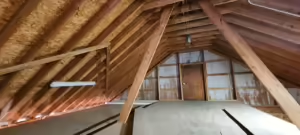
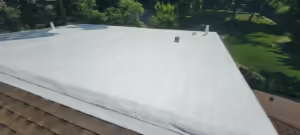
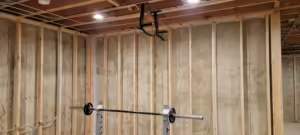
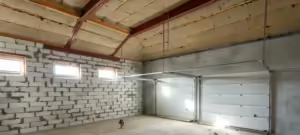

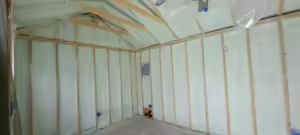
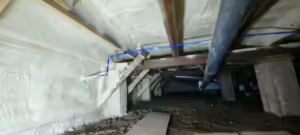
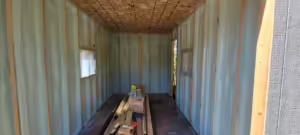
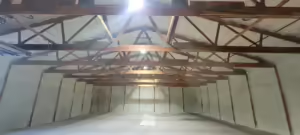
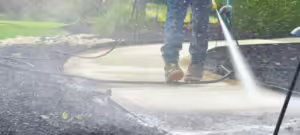
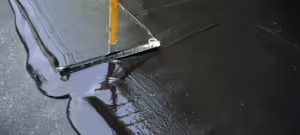
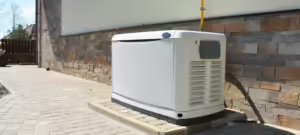
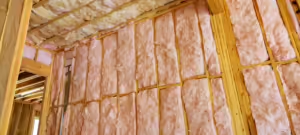
 Professional Insulation Services
Professional Insulation Services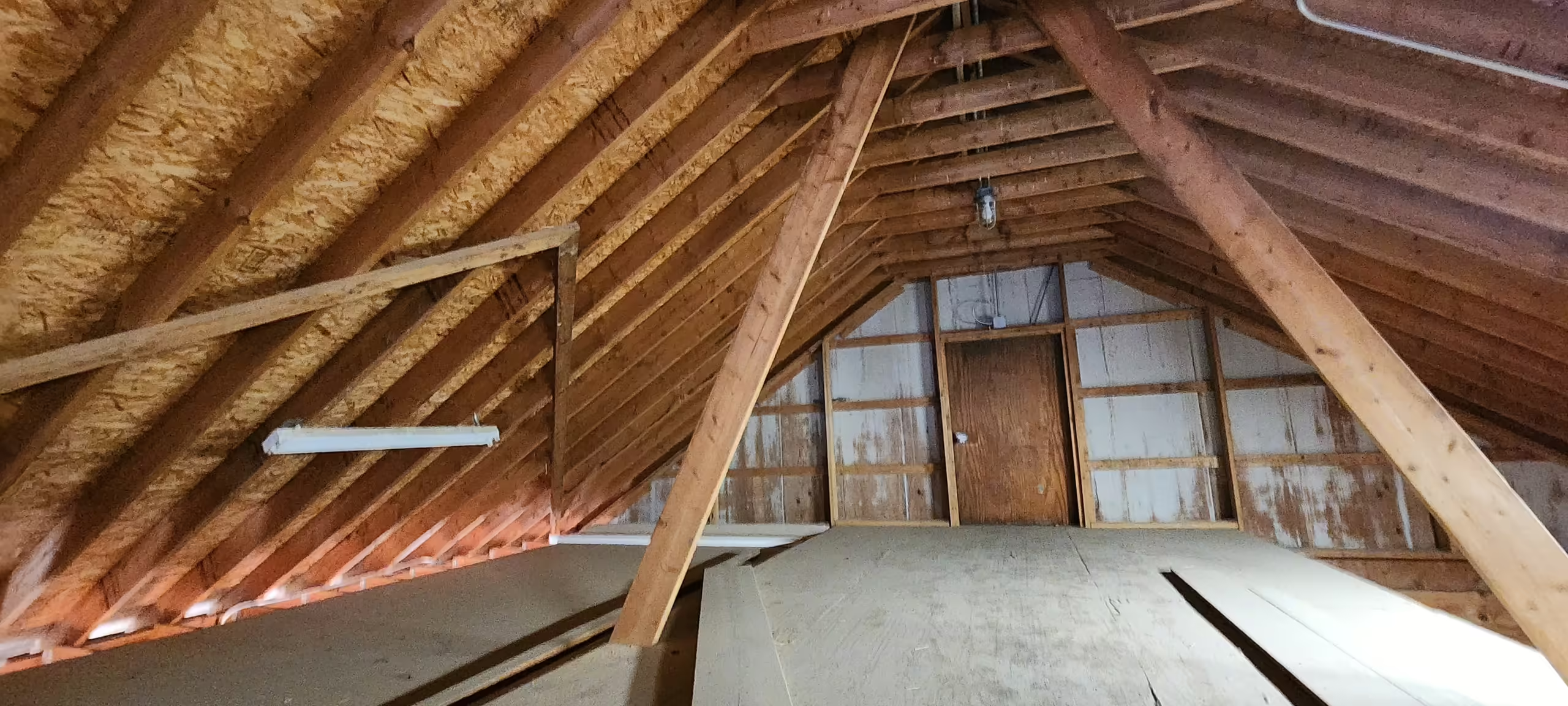 Attic Insulation Services
Attic Insulation Services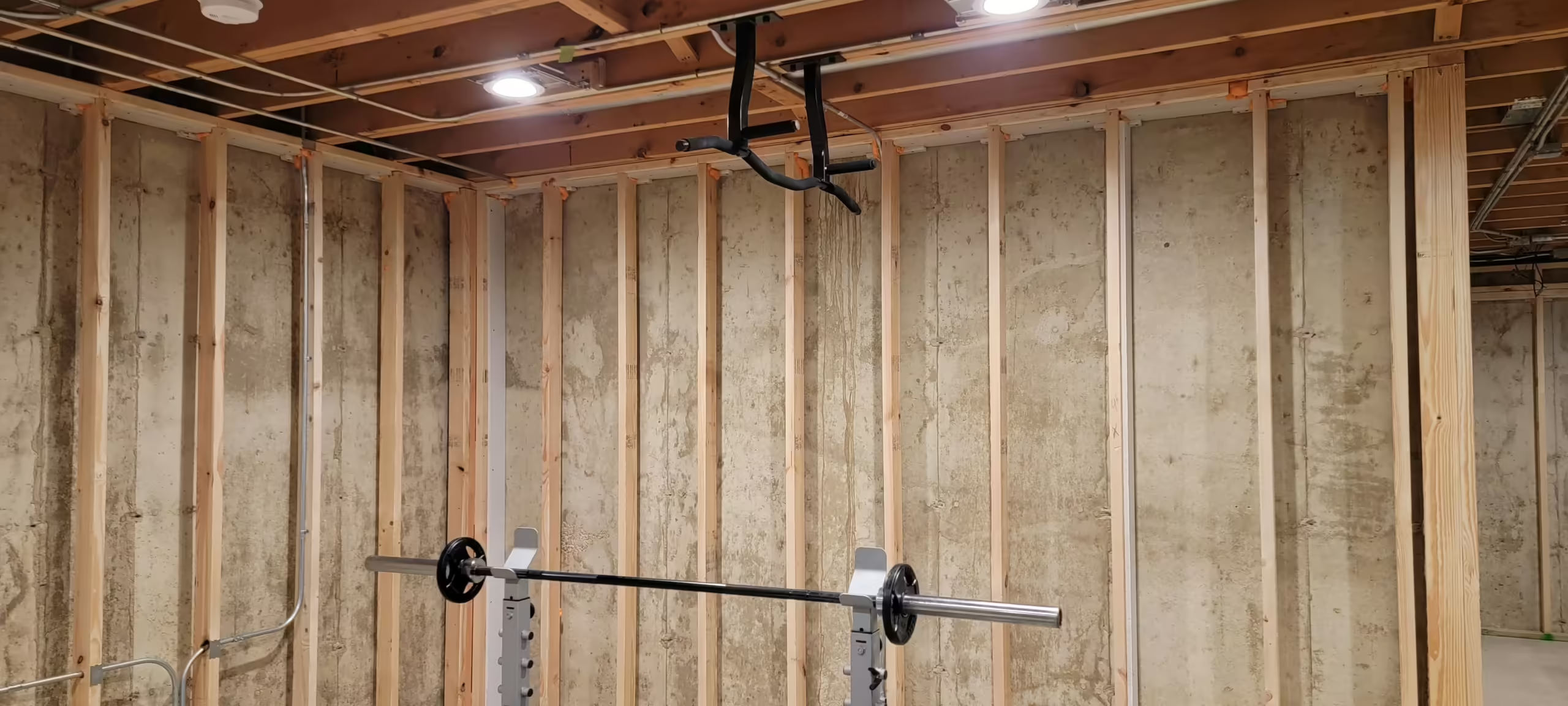 Basement Insulation
Basement Insulation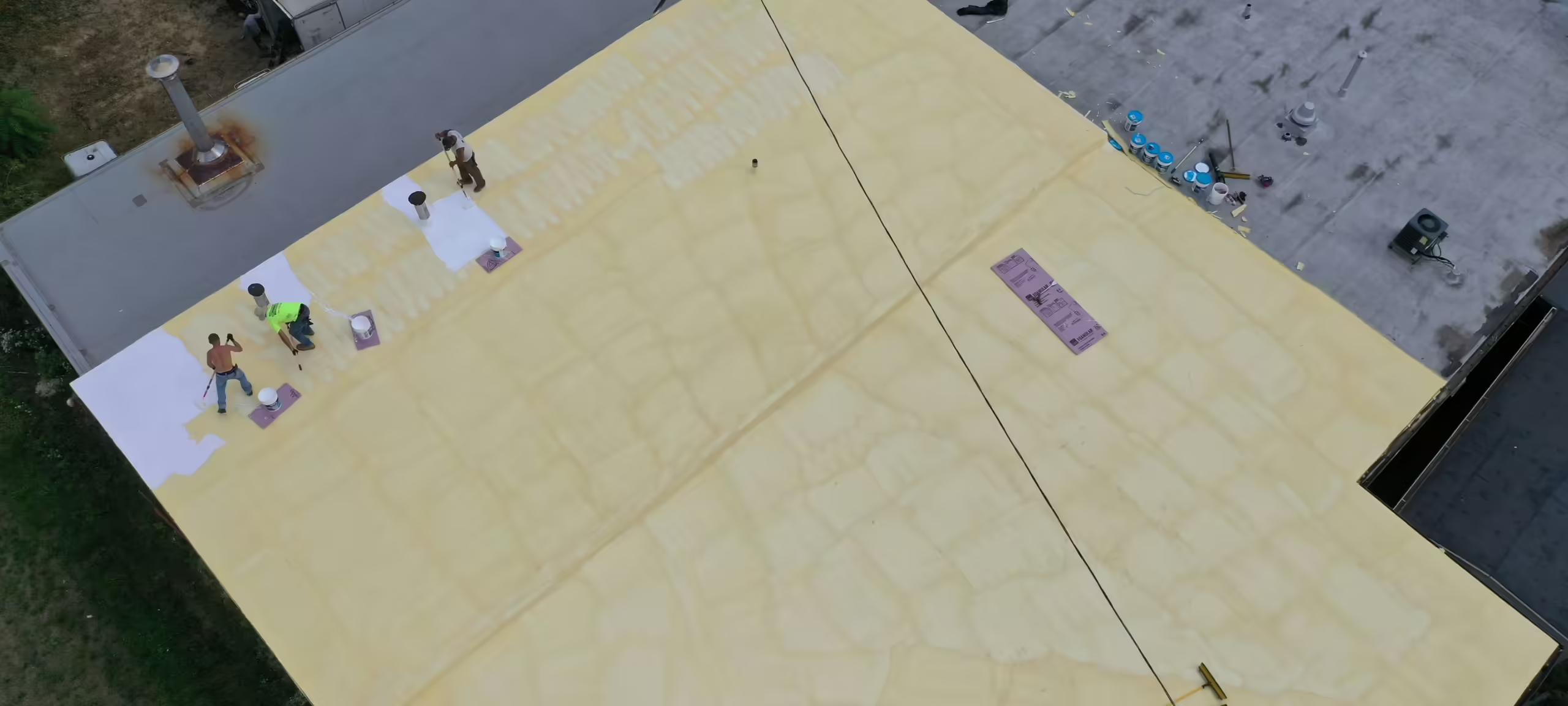 Commercial Insulation
Commercial Insulation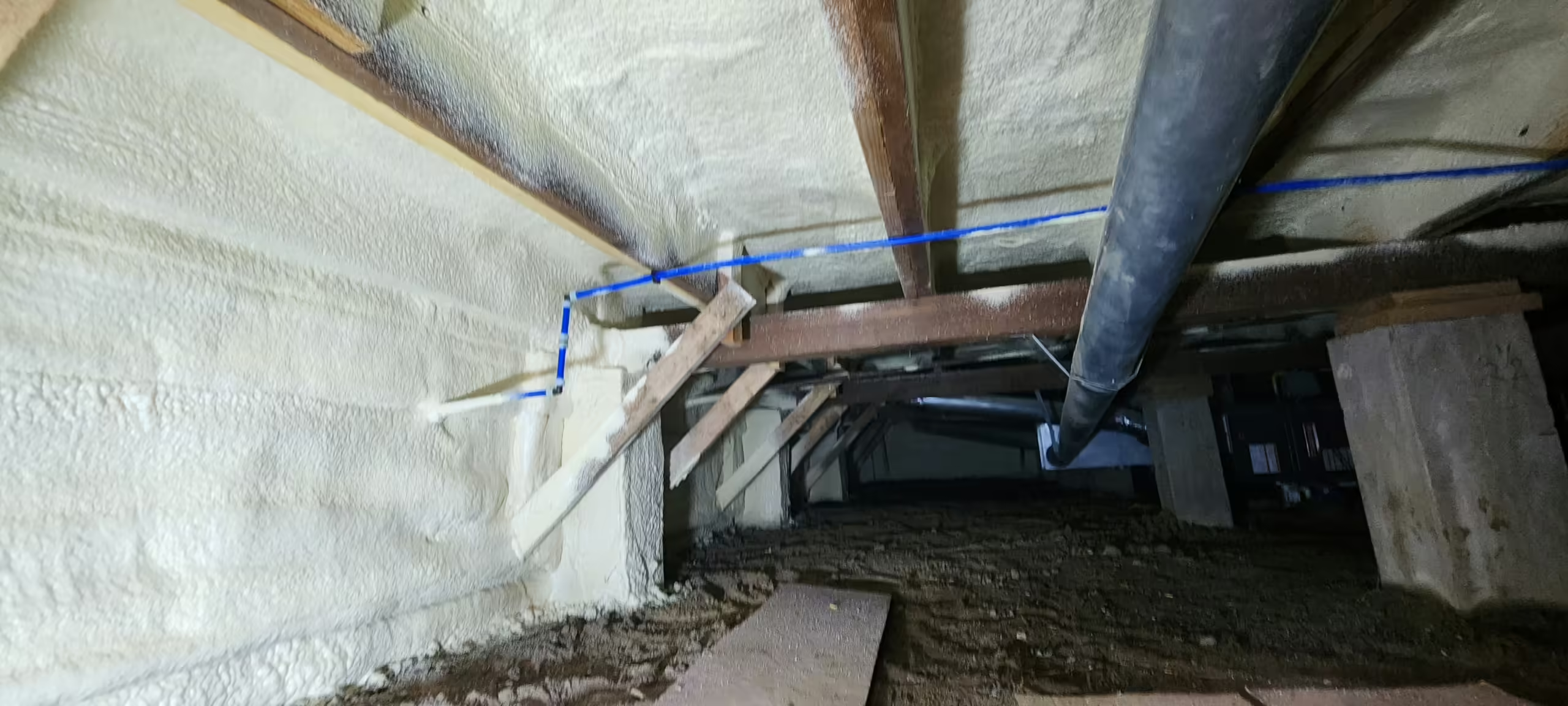 Crawl Space Insulation
Crawl Space Insulation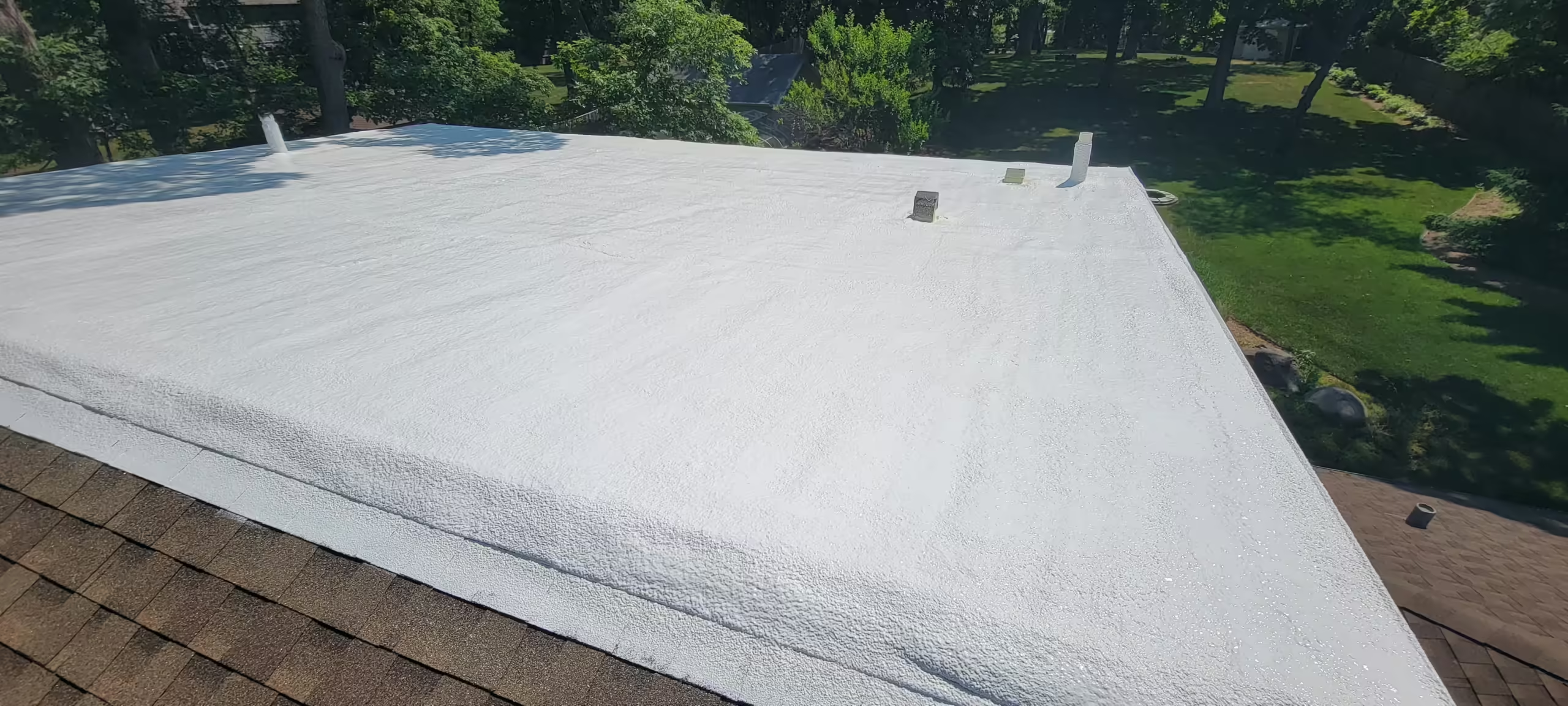 Exterior Wall Insulation
Exterior Wall Insulation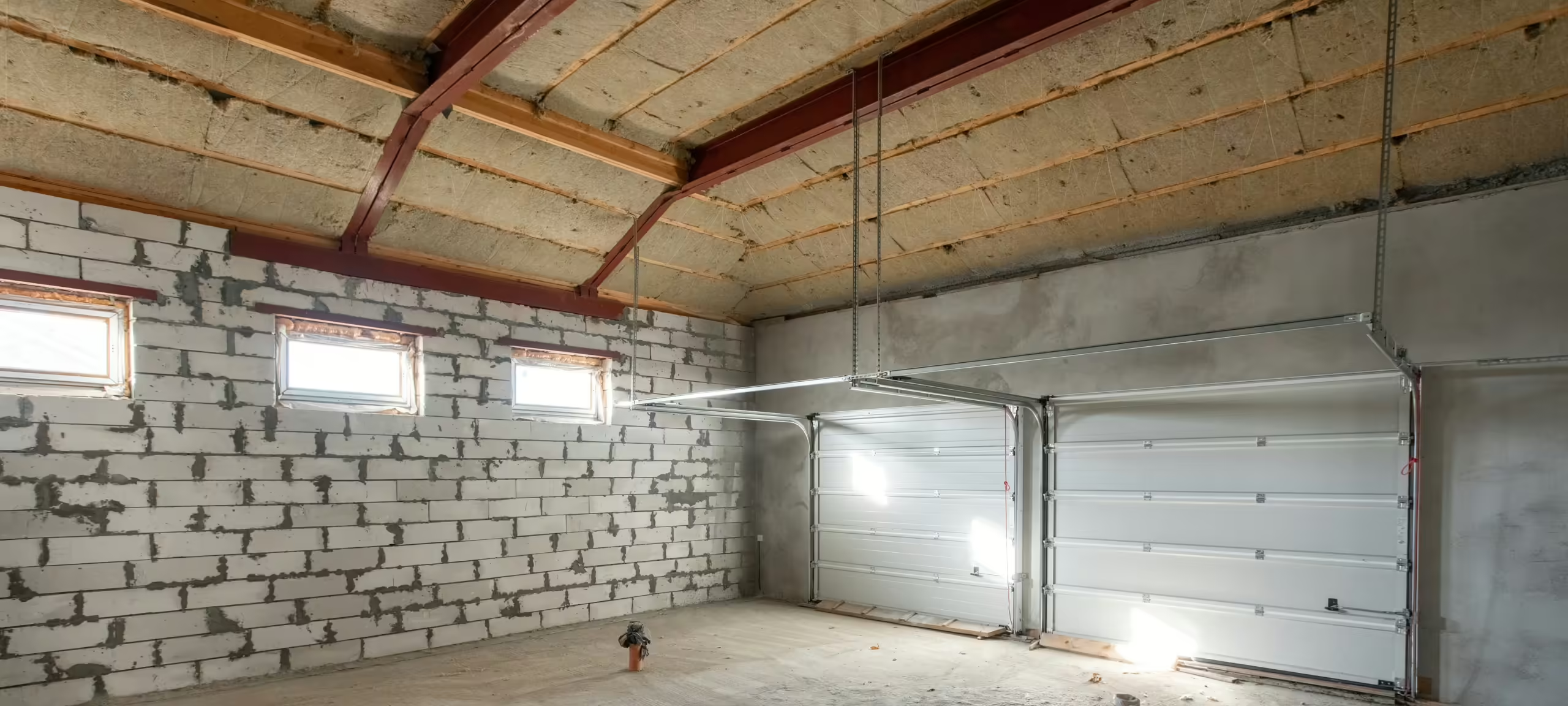 Garage Insulation
Garage Insulation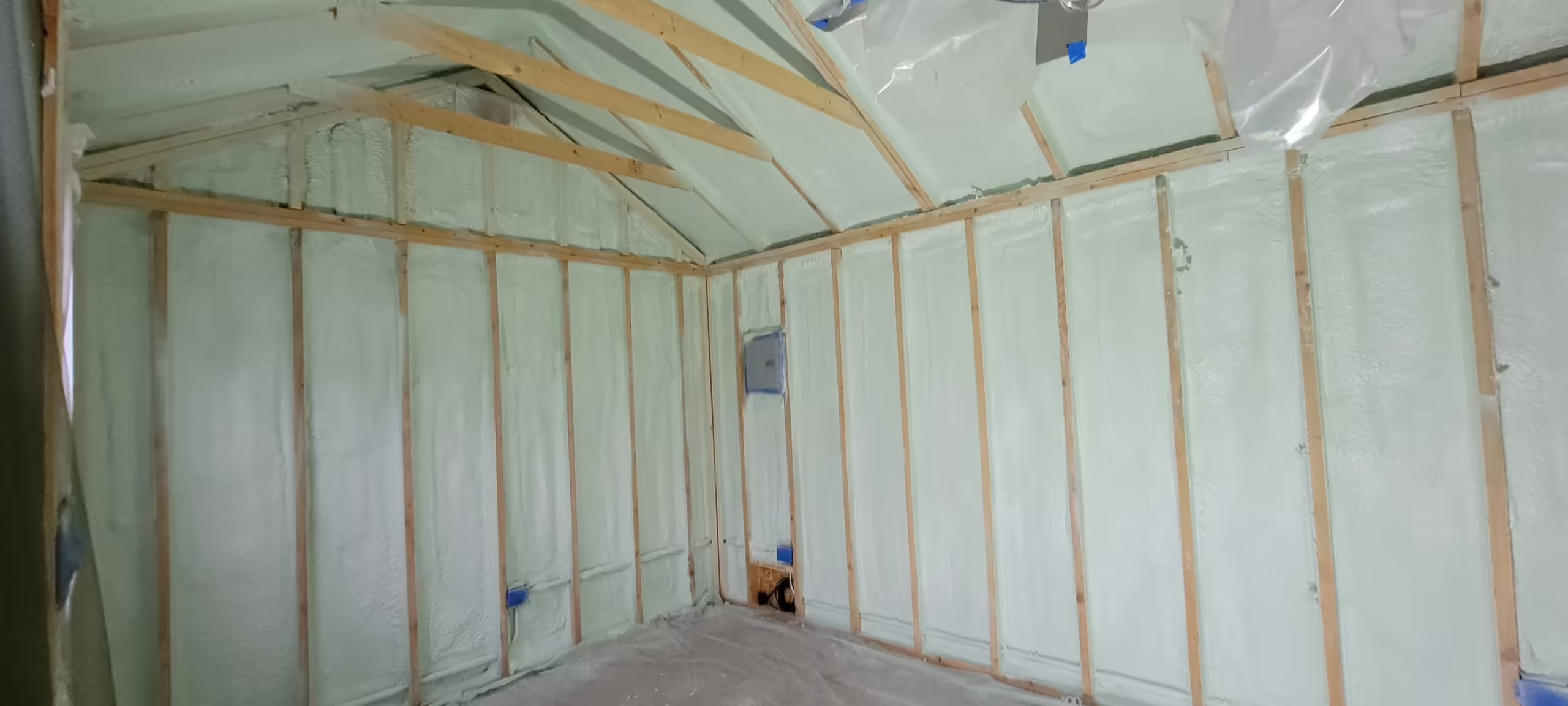 Interior Wall Insulation
Interior Wall Insulation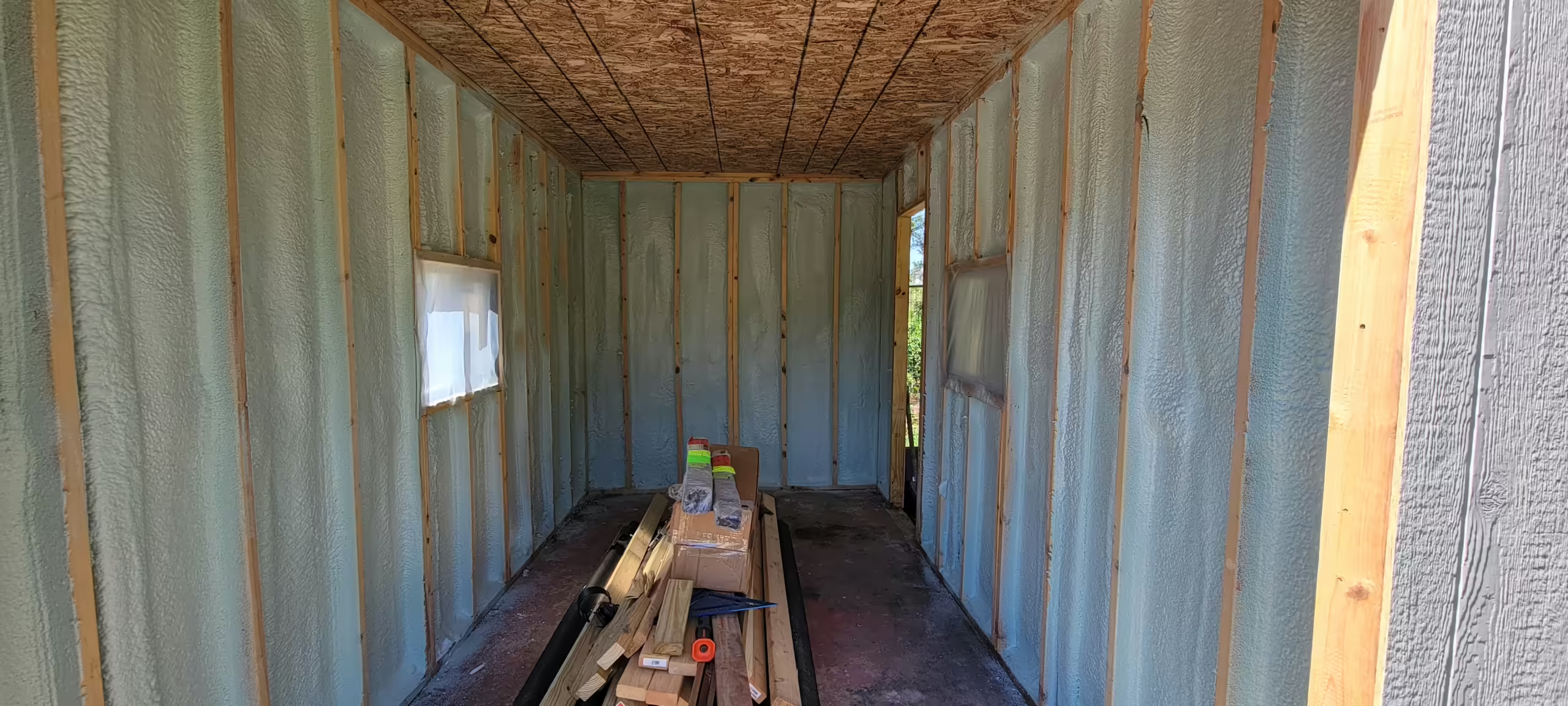 Shed Insulation
Shed Insulation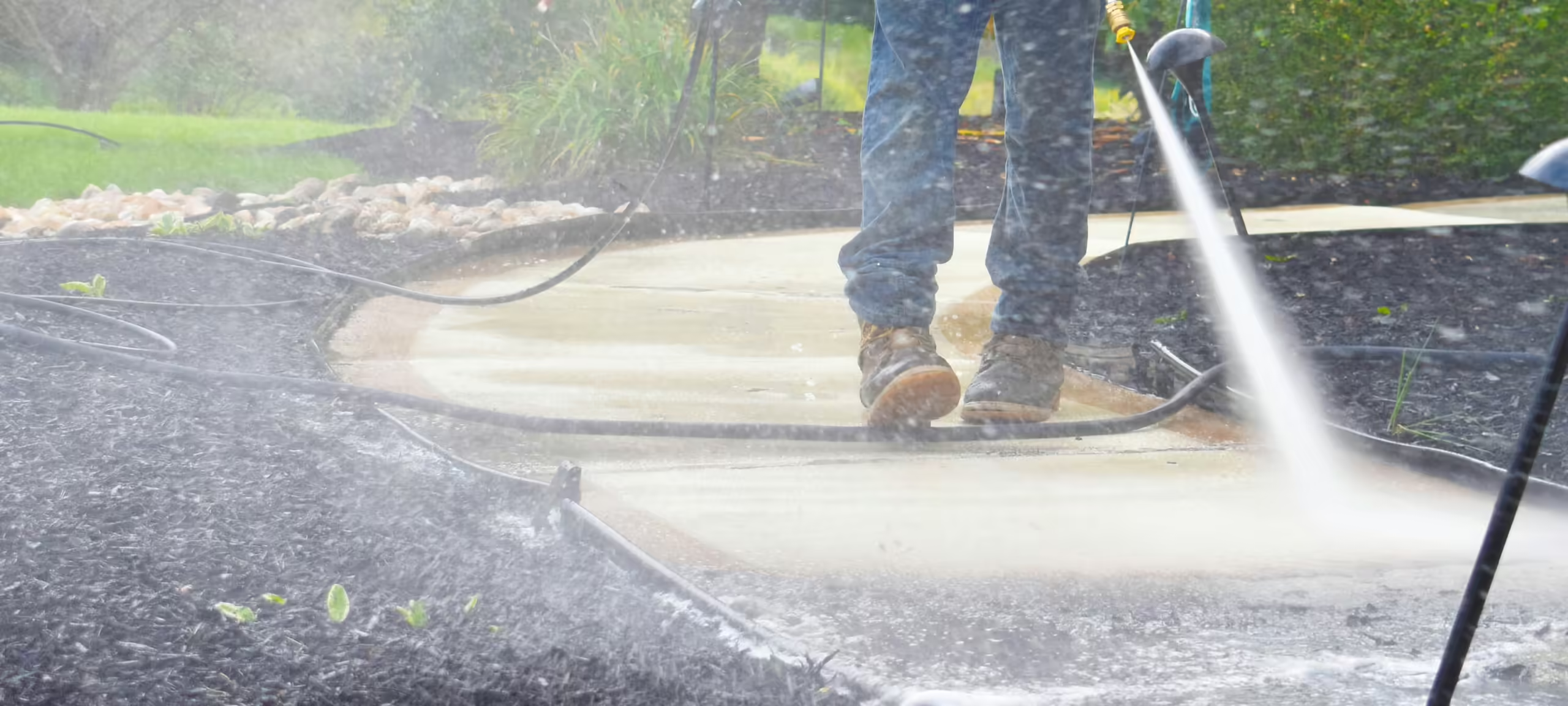 Power Washing
Power Washing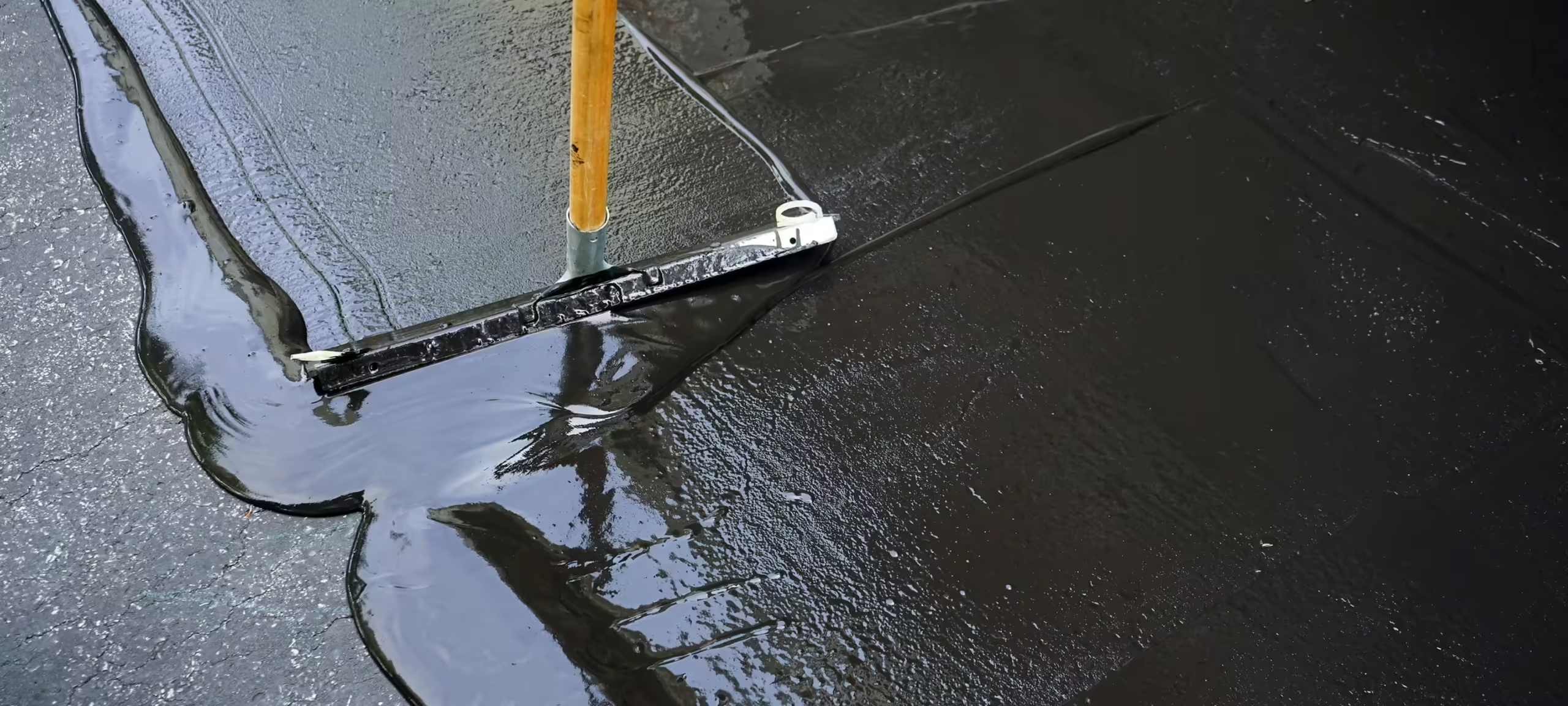 Sealcoating
Sealcoating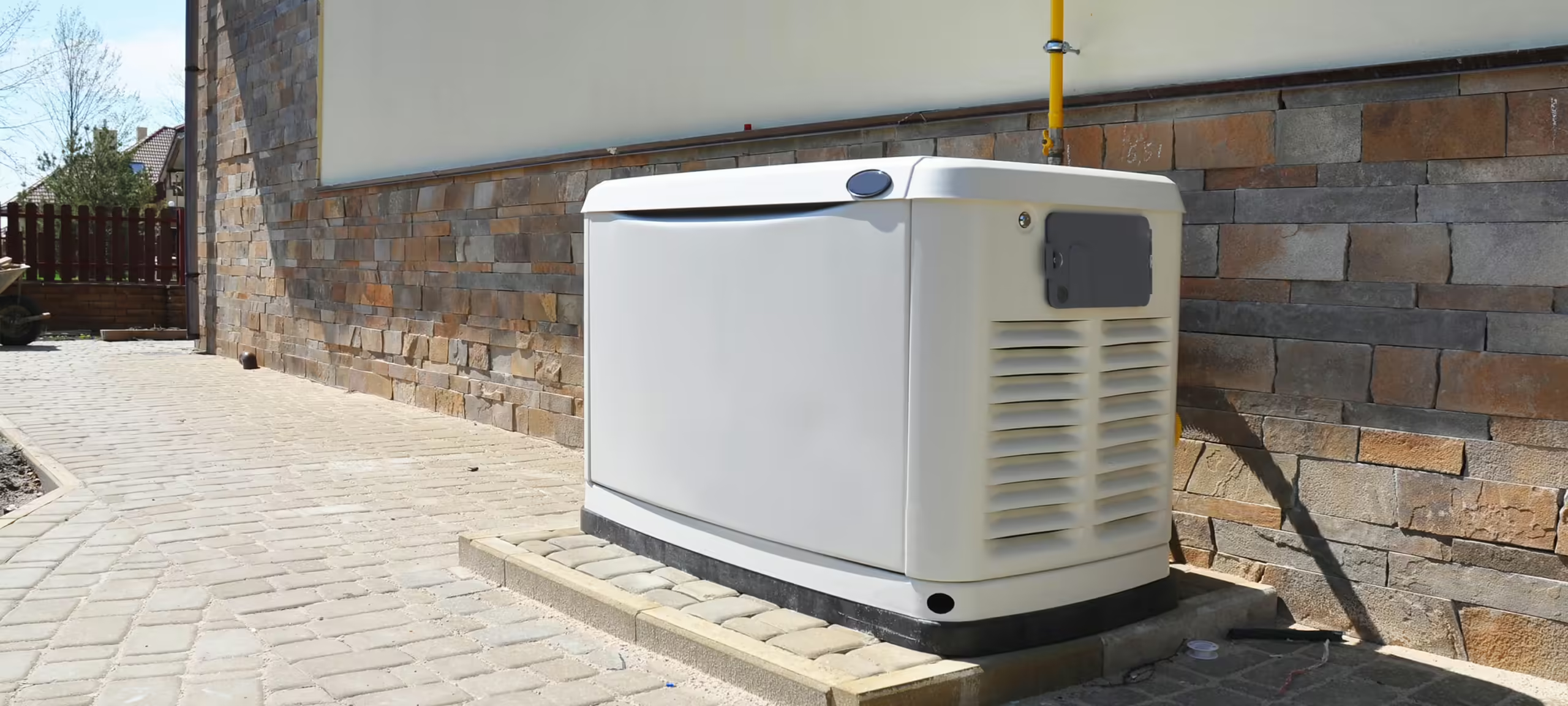 Backup Power Generators
Backup Power Generators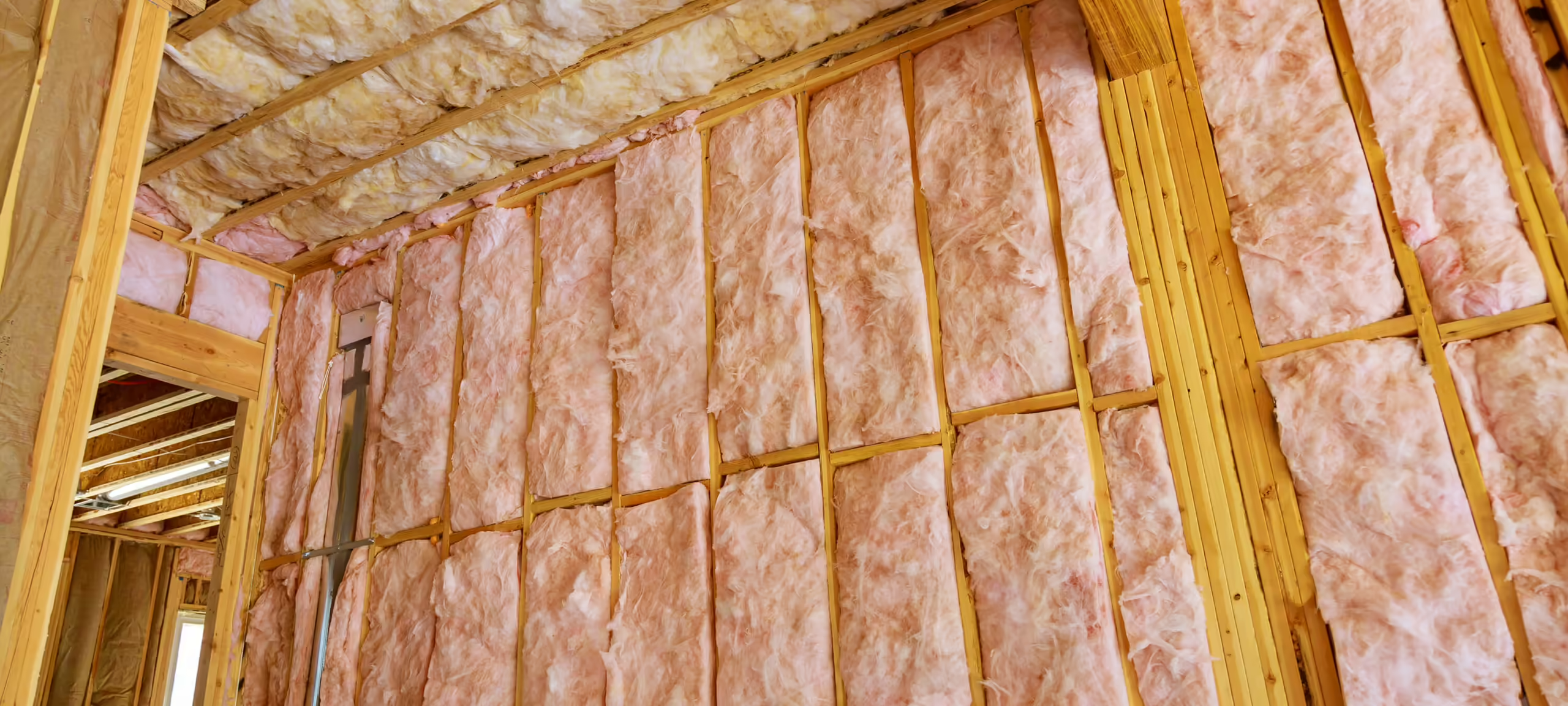 Insulation Removal Service
Insulation Removal Service Lake County Insulation
Lake County Insulation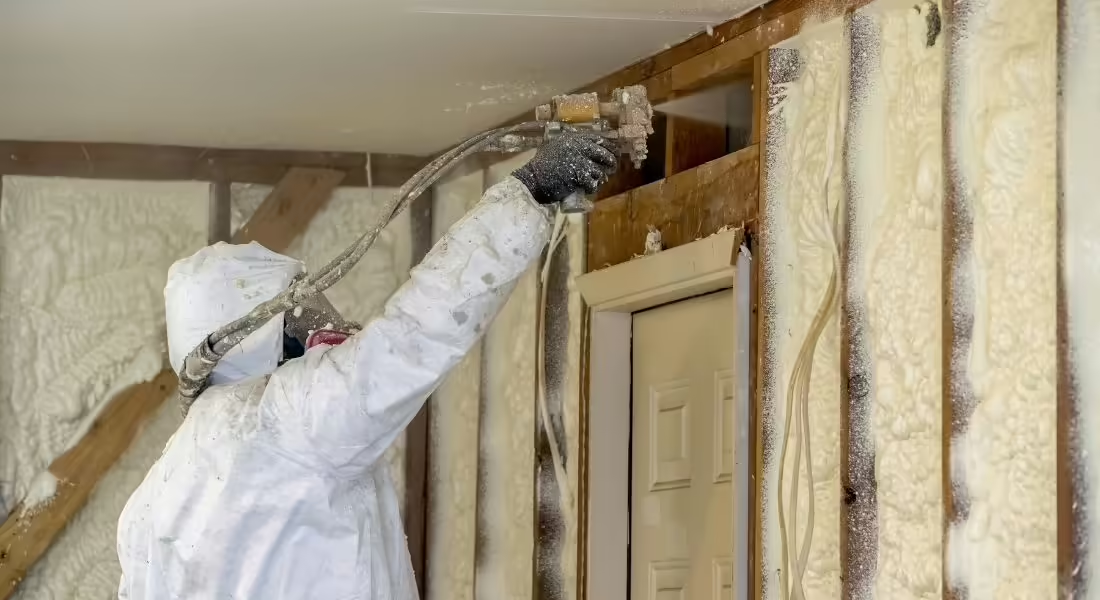 Spray Foam Insulation Guides
Spray Foam Insulation Guides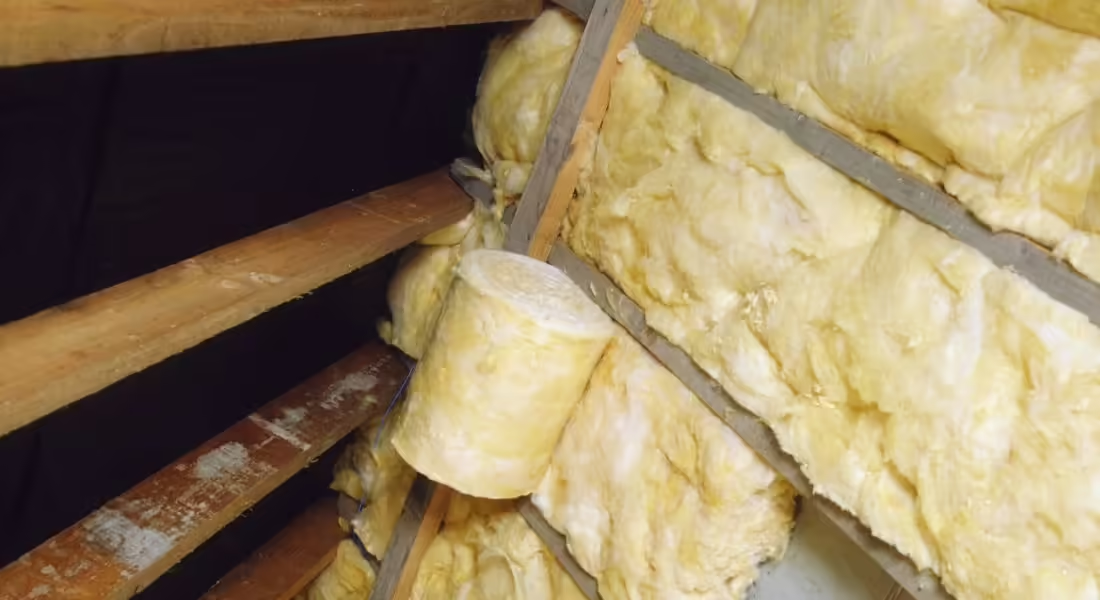 Insulation Guide
Insulation Guide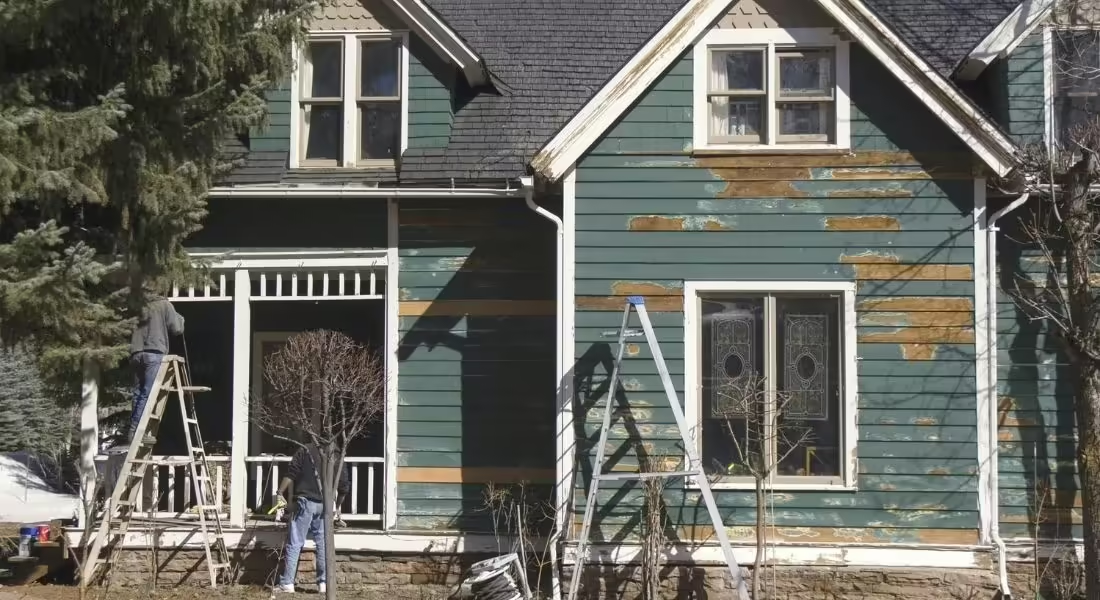 Home Improvement & Maintenance Guide
Home Improvement & Maintenance Guide